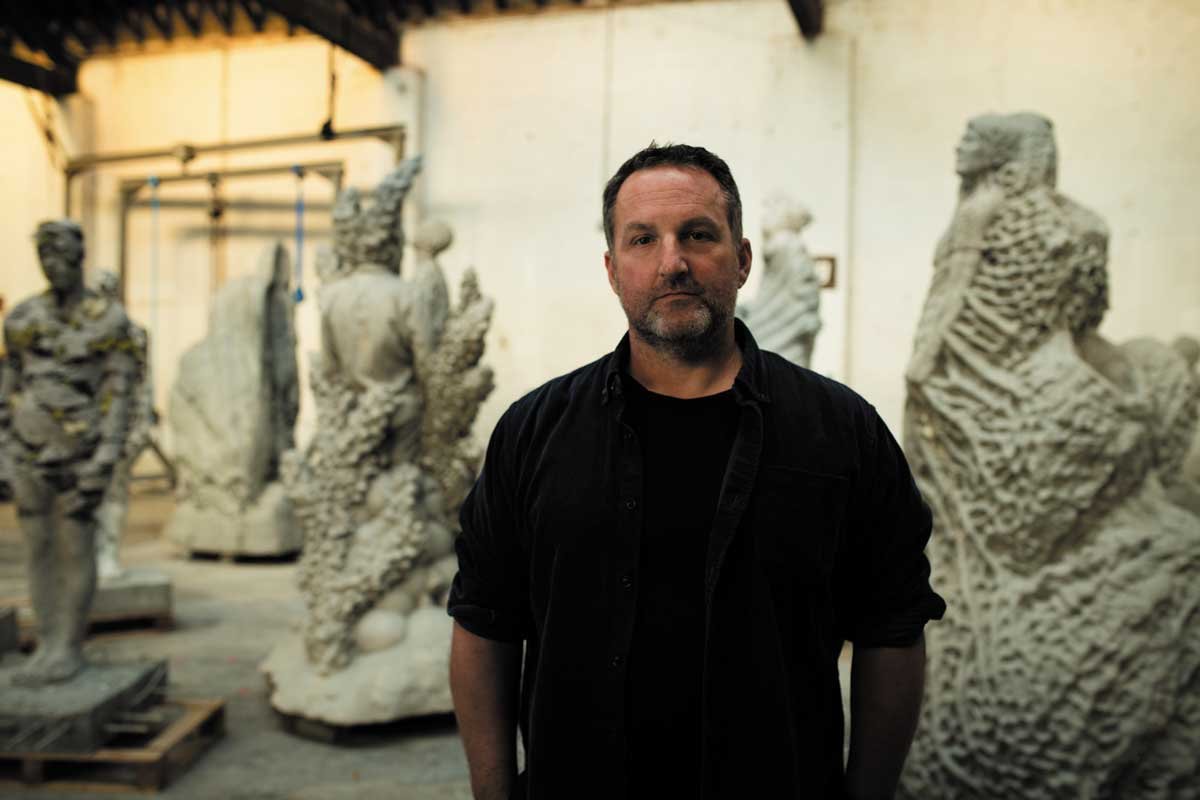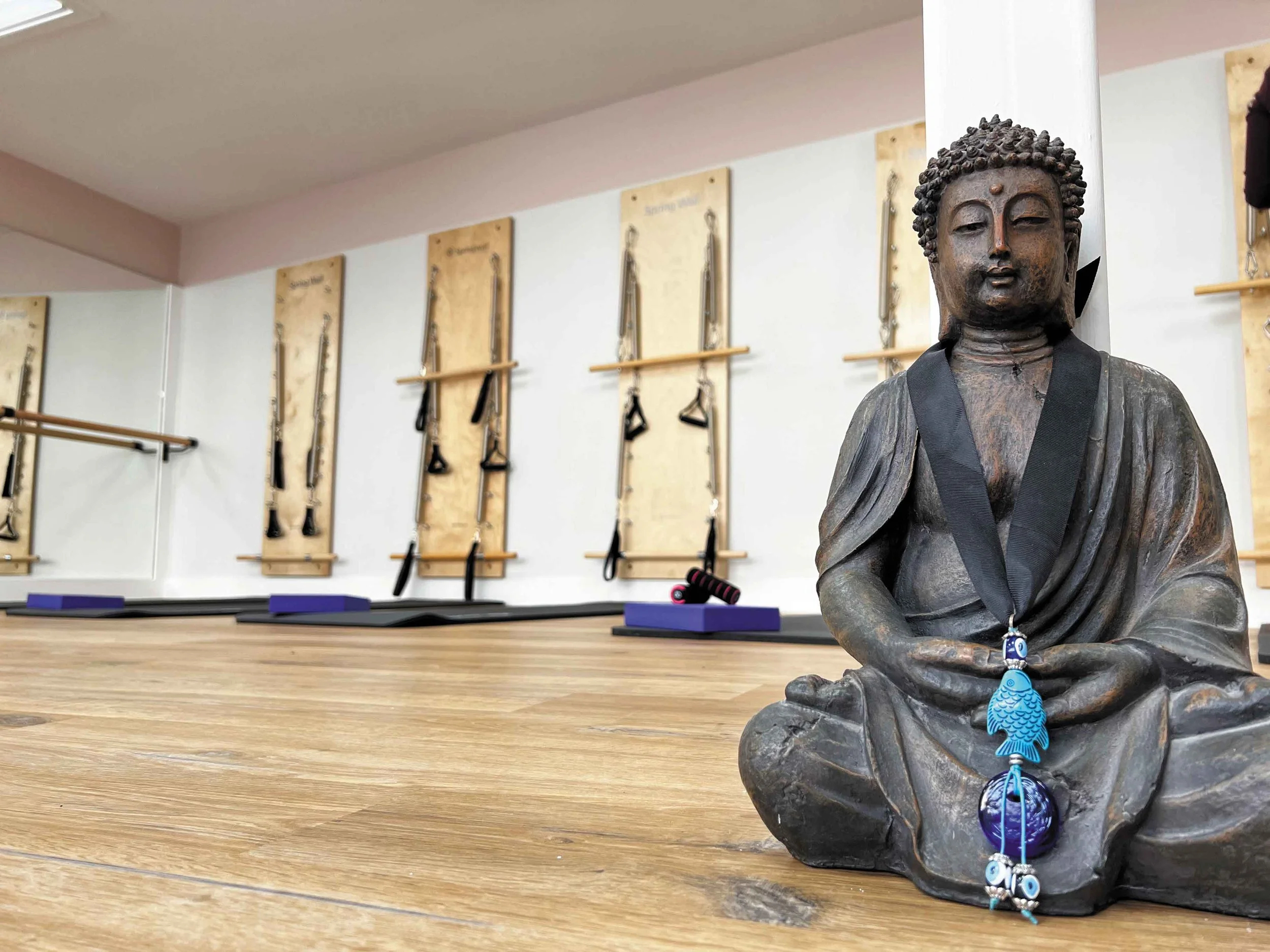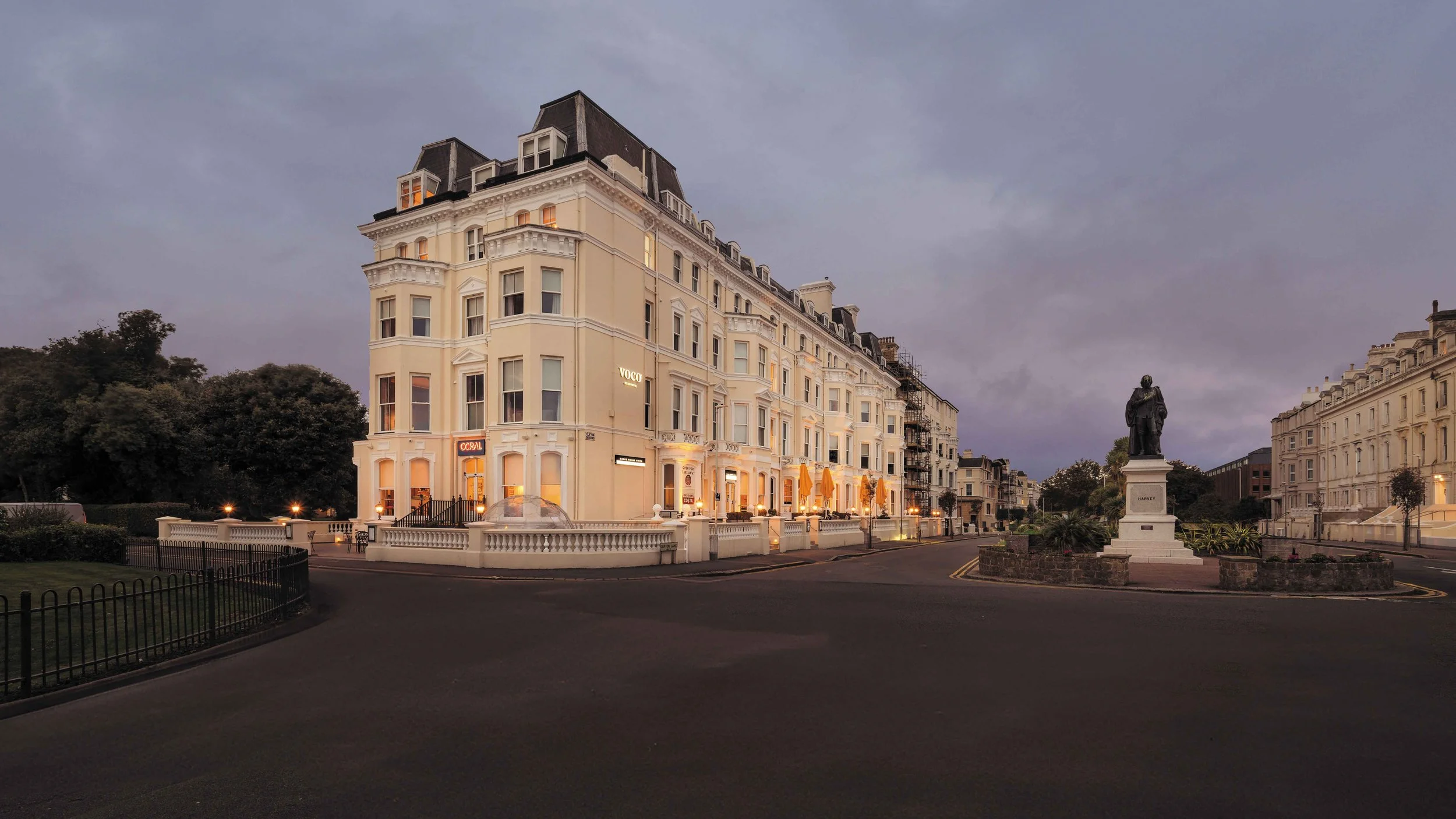SEA CHANGE: Underwater sculpture with Jason DeCaires Taylor
Faversham’s Jason deCaires Taylor has been creating ‘living’ sculptures to highlight the desperate plight of underwater environments for 20 years and it’s time we all caught on, writes Joe Bill
Tethered to the ocean floor, a haunting gathering of stone souls stands as a frozen reminder of human impression on the sea. Like the aquatic environments they inhabit, these underwater museums are ever-eroding.
Whether you have seen the work of Jason deCaires Taylor (@jasondecairestaylor) before or not, I guarantee you won’t now forget it.
From his Kent studio, the sculptor is making environmentally-conscious statement pieces that carry an important message.
From the shallows of the Bahamas to Cannes in France, Aya Napa in Cyprus, the Maldives and Indonesia, Jason places environmentalism at the forefront of his work to raise awareness of the impact humans are having on ocean habitats.
While for 20 years he has been creating a unique experience in which to encounter his art – taking the viewer out of the constrictions of the traditional museum and down to the depths of the ocean – as the zeitgeist begins to encompass discussion on climate change and environmental damage, the conservationist element to Jason’s work has become more poignant than ever.
And his latest project might just be the most salient yet – to place eight sculptures of marine biologists and campaigners at the Great Barrier Reef in Australia.
And while for years he and his family travelled the world, stationed at new project sites for months on end, this particular installation has been created in Faversham.
“In the history of the Great Barrier Reef, which is managed by the Marine Park Authority, they’ve never permitted an artificial reef before,” says Jason. “And they’ve had hundreds of requests to sink shipwrecks and all sorts of things, but they are always denied. So for me to get this permit has taken almost four years.”
Working with a group of marine biologists to provide the right information and having all the experience of previous projects to show as a track record, Jason’s latest ‘museum’ will be sunk into the Pacific Ocean to highlight the damage that has already been caused to the reef – the World Resources Institute projects that 90% of coral reefs will be in danger by 2030, and all of them by 2050.
“We call it a museum for a very important reason. Museums are places of preservation, conservation and education. They’re places where we keep objects of great value to us, where we value them simply for being themselves,” Jason said during his 2015 TED Talk.
“We call it a museum for a very important reason. Museums are places of preservation, conservation and education. They’re places where we keep objects of great value to us, where we value them simply for being themselves”
Like many of his works – there’s about 1,000 of them worldwide – the figures are created from environmentally-sensitive material designed to instigate natural growth.
“It’s a special green cement with extremely low carbon,” explains Jason. “The surface is pH-neutral, so it allows corals and different organisms to actually grow on it. There are areas on each sculpture that have more texture, and that allows coral polyps to settle.”
In many cases the sculptures are placed away from existing reefs, often in barren areas to boost diversity but also to draw tourists away from the delicate ecosystems and fragile corals of existing reefs.
As well as acting as a man-made reef, the subsequent changes are also intended to explore the aesthetics of decay, rebirth and metamorphosis, with the new life that grows upon it.
BEGINNINGS
As well as recently being added to the Guinness book of records for the most underwater art installations, Jason’s 2006 underwater sculpture park in Granada has been noted by National Geographic as one of the 25 Wonders of the World.
Not a bad legacy given the projects “started as an experiment 20 years ago”. Having graduated in 1998 with a BA Honours in sculpture, Jason became a diving instructor.
“I wouldn’t want to say it was an obvious link, but I became pretty familiar with a lot of underwater places and started to think about them as being very little explored artistically,” he explains. “When I realised I could combine it with conservation, as a way of being able to grow corals and also control how people access the sea, and tell stories, I thought it would be interesting.”
While the sculptor created his art for almost five years on a voluntary basis, he now gets requests from across the globe, working with a number of government authorities who have control over the water to survey the sites, consult marine scientists, obtain permits and then design the works to suit that particular environment.
“All of the underwater sites I’ve ever visited are in rapid decline,” says Jason. “Wherever I go, everyone says the same thing about the coral reefs: ‘Twenty years ago, the fish were amazing, but there’s nothing left anymore’.
“So it was an obvious thing [to highlight]. But I don’t even like the definition of saying it’s a ‘cause’. It’s just the fundamentals of life. It’s like arguing for clean water. You’re not an activist for wanting clean water. You just want to live. It’s not really about being green or agendas, it’s just trying to make a habitable planet.”
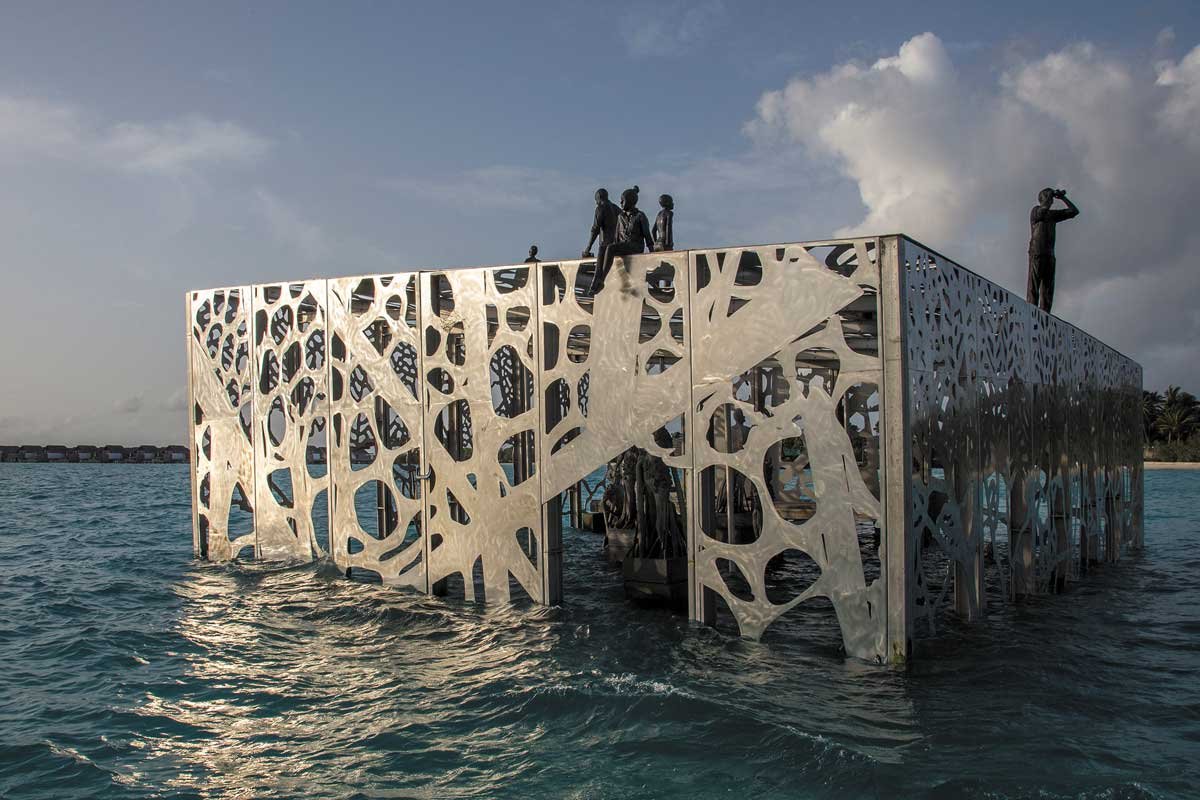
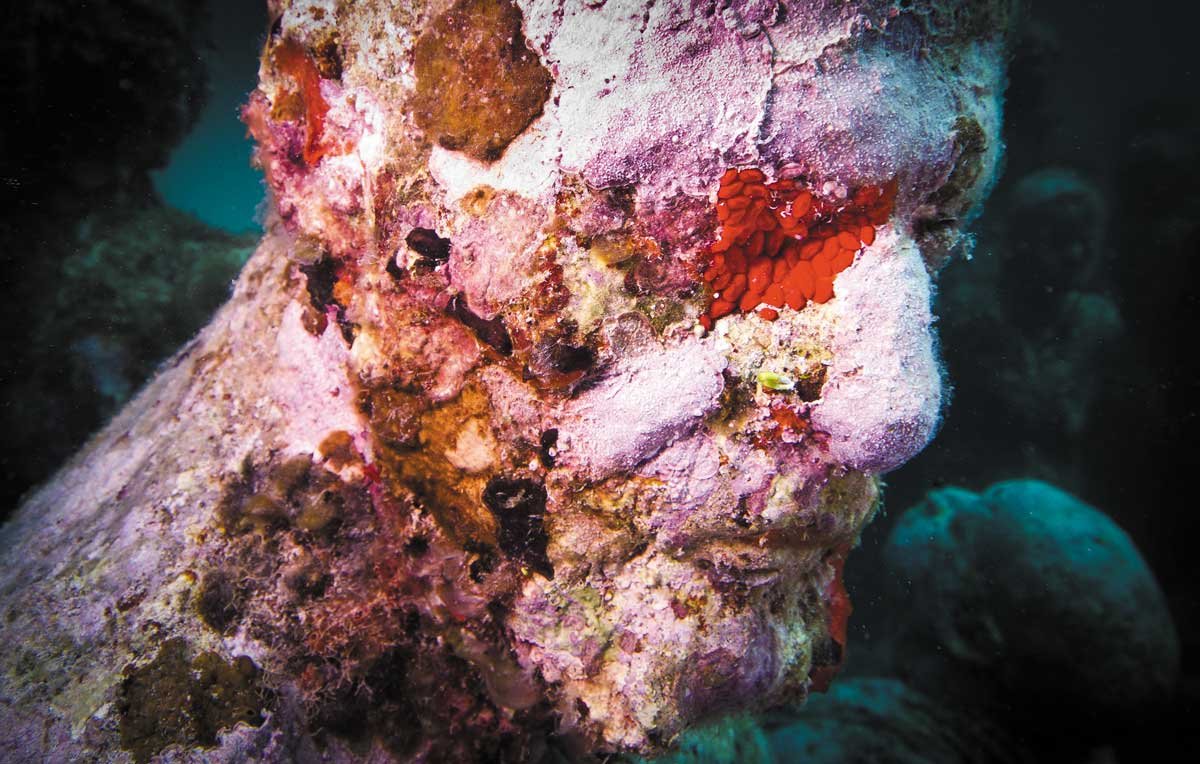
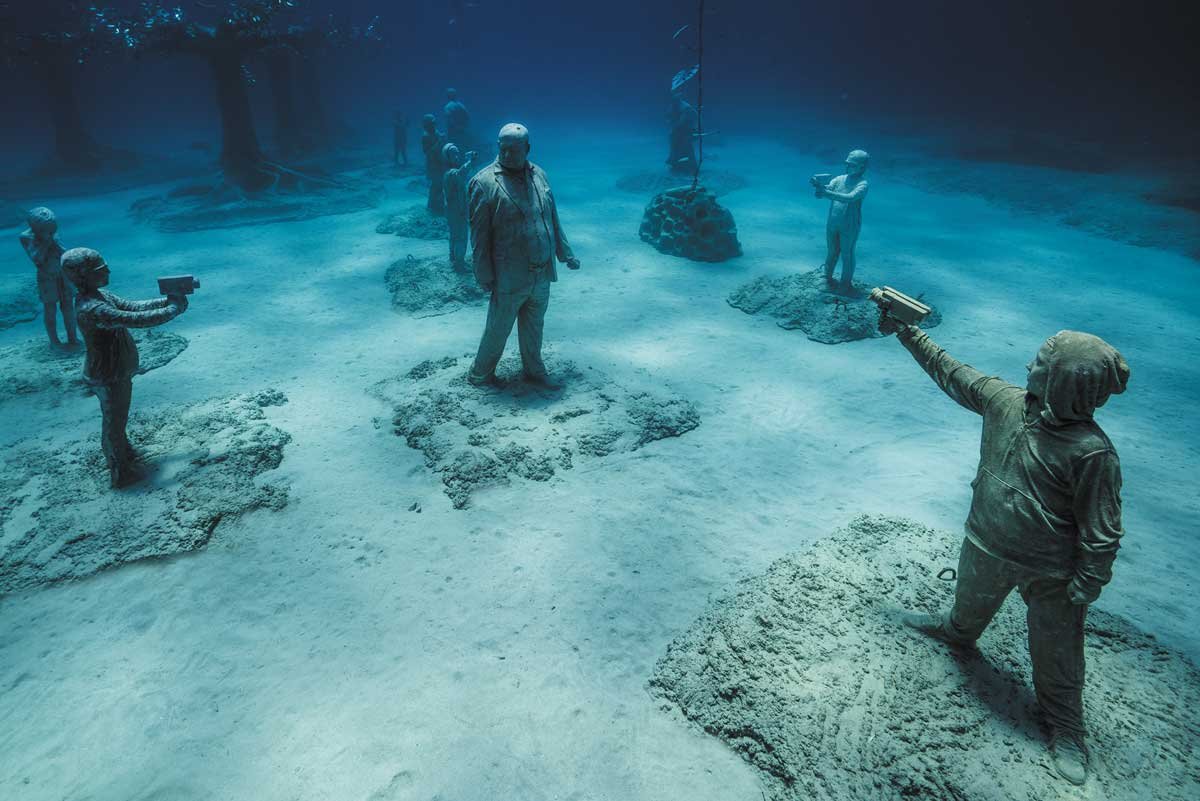
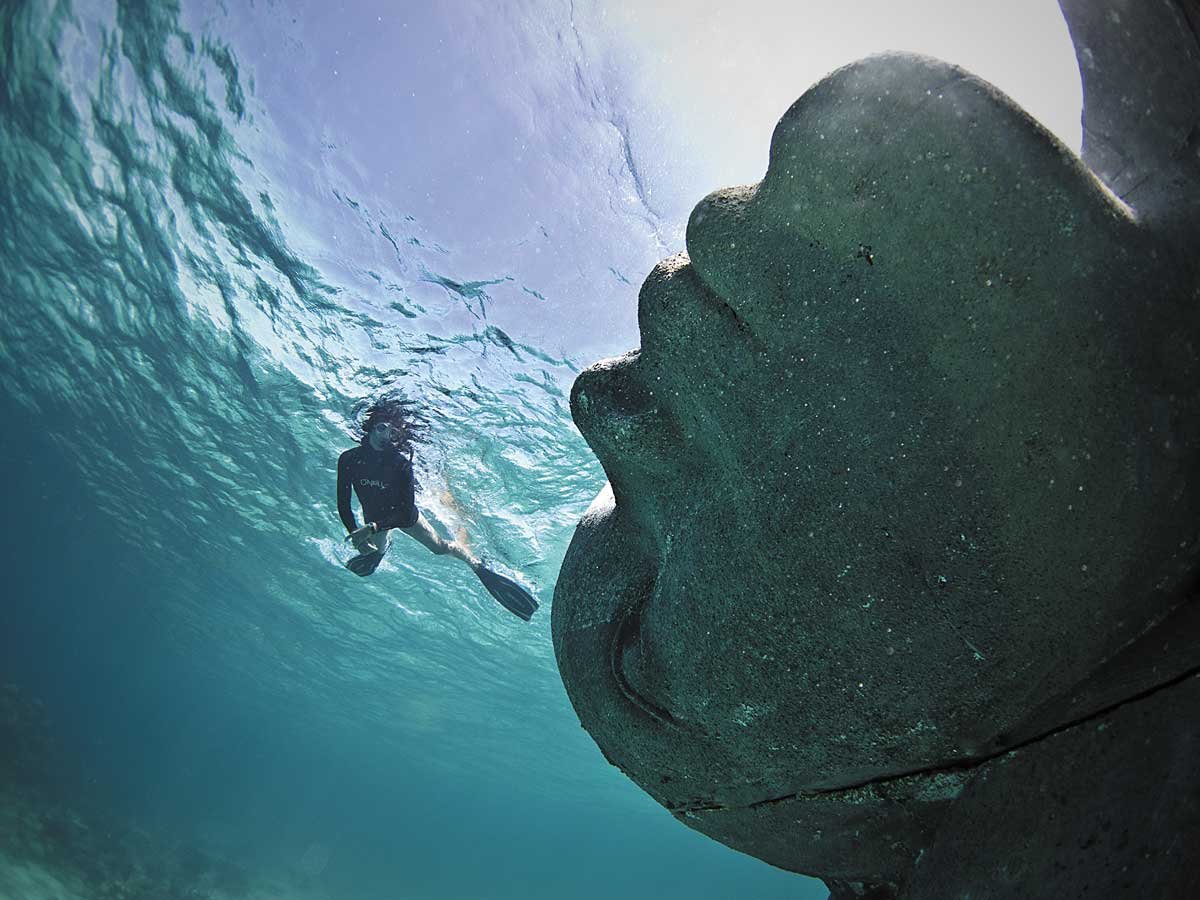
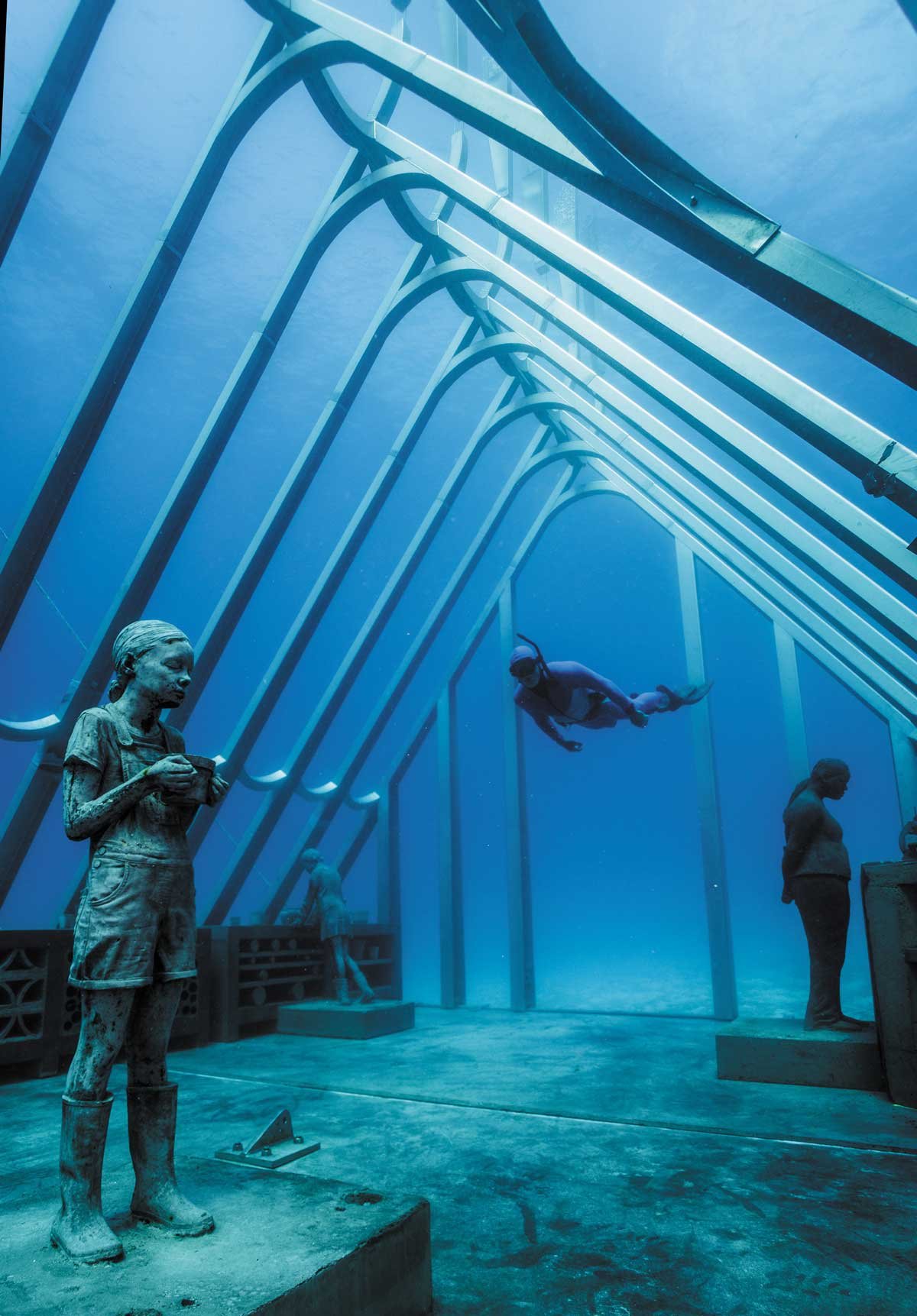
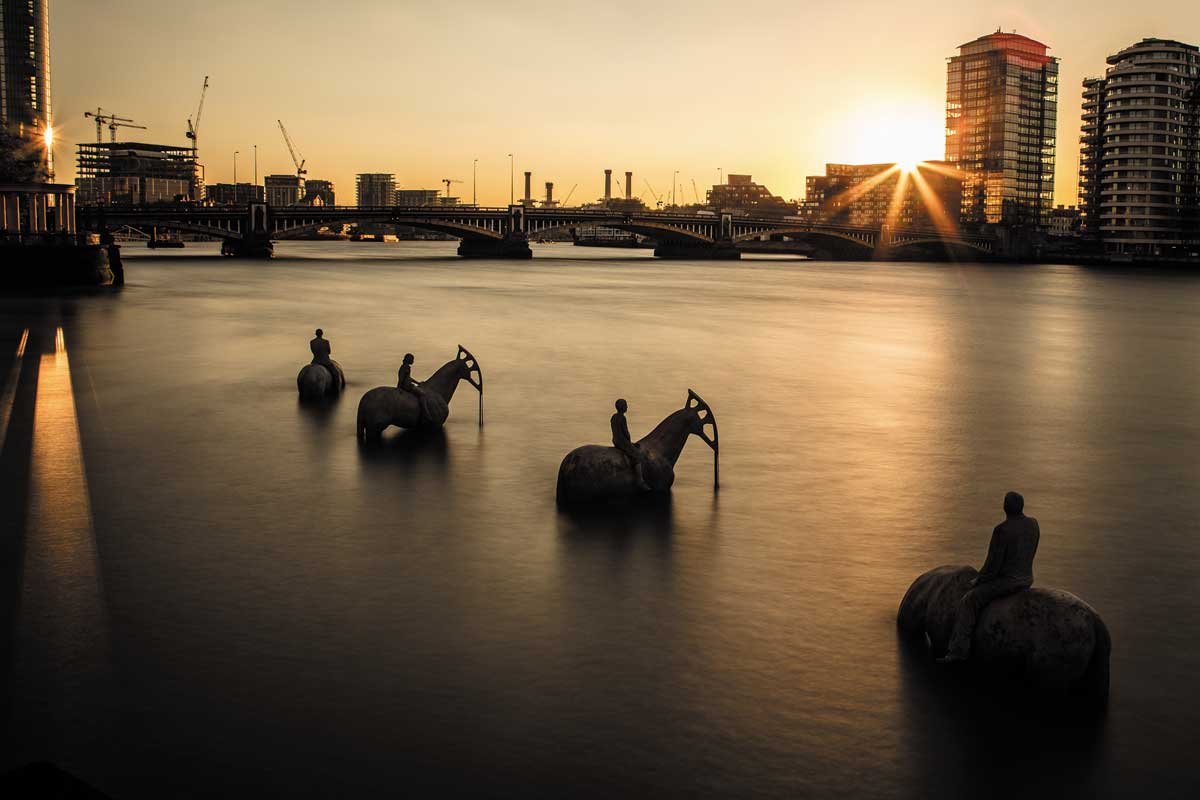
But whether he sees himself as heading up a cause or not, his work helps to get the point across.
“I think that what’s good about my work is that because it’s a little bit sensationalist, it catches people’s eyes easier than some more traditional installations. And that has been quite good to get my key message across and to connect to people.”
The figures that Jason creates fall into a modern social commentary, with the sculptures depicting characters such as business professionals, a couple recognisably taking a selfie, or a man ensconced on a couch, before the marine life gradually claims them.
Their changing state means no two visits will ever be the same, something Jason enjoys hugely when going back to see for himself.
“It’s the highlight. It has been so frustrating in the pandemic, but I see them on Instagram, and all these people visiting the sites. I can see, like in Mexico, there’s tonnes of amazing coral growing on them, and I’m itching to get back there and have a look.”
Jason has also become known for high-profile sculptures, including one for Greenpeace about plastic pollution that was covered in microplastics and placed outside the Coca-Cola HQ, another of the Four Horsemen of the Apocalypse placed in the Thames and the Brexit-focused tired, wretched lions at the foot of Dover’s White Cliffs (one of the lions is currently residing in Margate’s Turner Contemporary).
However, his focus remains on the water, with Kent’s own very current battles with sea pollution highly motivating.
“I’m quite keen on exploring projects here,” he says. “I’m interested in making sculptures with seeded oysters to see if we can do something along the coastline, to do something to highlight some of the water-quality issues happening right now.”
While there is no doubt Jason is an inspiration to many and an important campaigner in his own unique way, the sculptor believes that only systemic change can truly reverse the damage being done to the world’s oceans.
“There’s so much responsibility put on individuals and consumers, that it’s all our fault because we lead these decadent lives, and we should be thinking more consciously about everything,” he explains. “But no, it’s the system that is completely wrong. Our energy systems are wrong, our government has the wrong agenda. The whole thing needs to change. We could see during the pandemic that everyone can fall into line and we all did what we needed to do. And the same thing needs to happen now with the environment –there has to be huge legislation changes.
“People ask me ‘What can I do as an individual?’. And I always say the same thing: ‘Become a politician’ and try to change things.
“By recycling your cereal box you won’t change it. We should all do our bit, of course, but there has to be systemic change and it’s not happening yet.”
INFO: underwatersculpture.com


